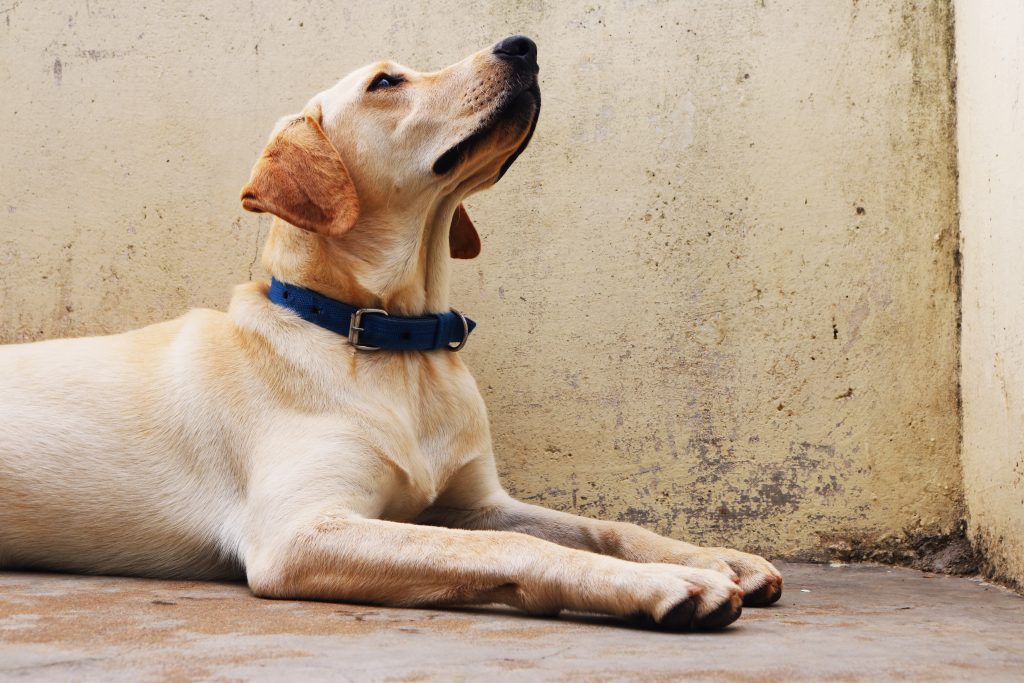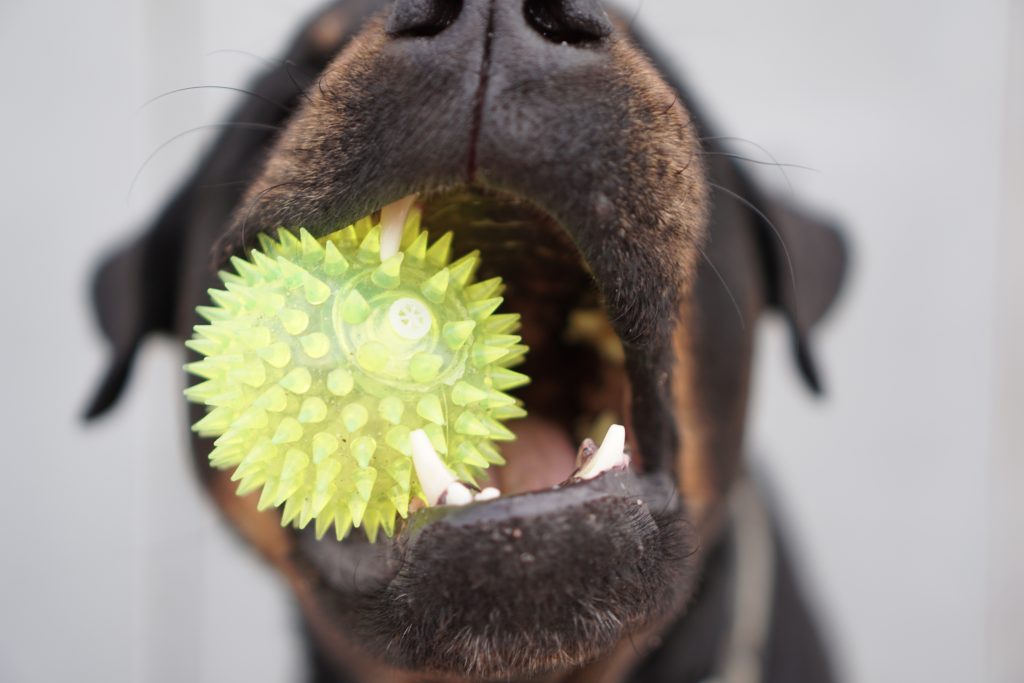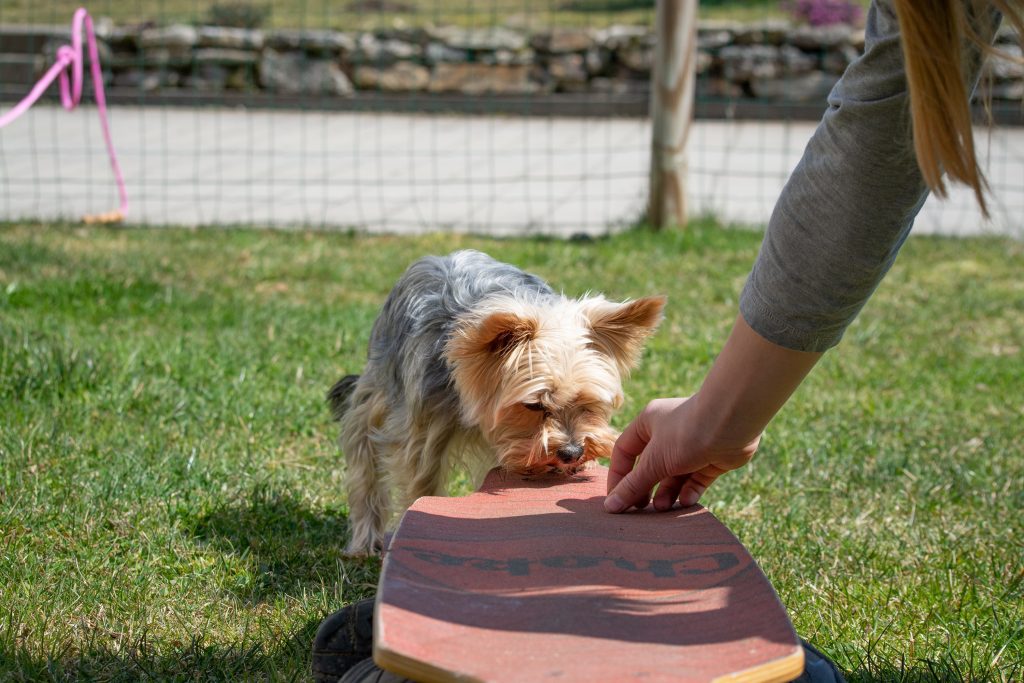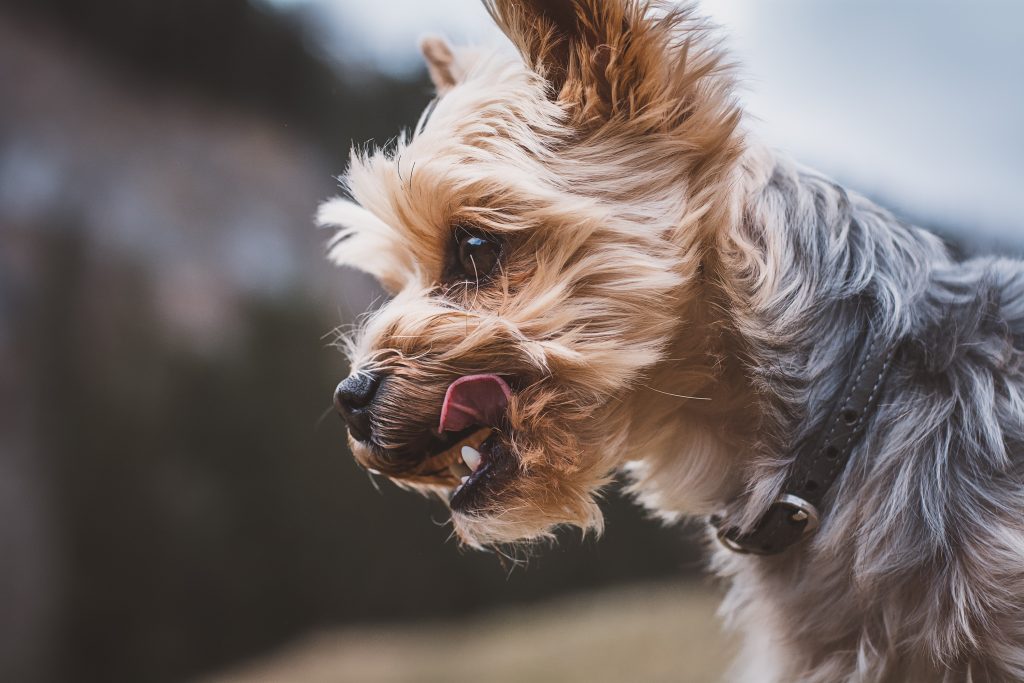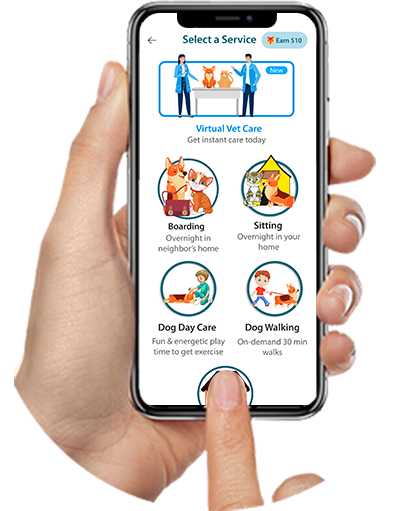Gingivitis in dogs is a common and often overlooked dental condition that can significantly impact their overall health and well-being. Similar to humans, gingivitis in dogs involves inflammation of the gums, typically caused by a buildup of plaque and tartar along the gumline. While gingivitis itself is reversible with proper treatment and preventive care, if left untreated, it can progress to more severe periodontal disease, leading to tooth loss and potential systemic health issues. Understanding the signs, causes, and preventive measures against gingivitis is essential for dog owners to maintain their pet’s oral health and quality of life. This introduction explores the fundamentals of gingivitis in dogs, highlighting its implications and the importance of proactive dental care.
Symptoms of Gingivitis In Dogs
Early stages of gingivitis may present with subtle signs that can easily be missed. As the condition progresses, symptoms become more noticeable:
Redness and Swelling:
Gums appear red, and swollen and may bleed easily, especially when touched.
Bad Breath:
Often one of the first signs noticed by owners.
Gingival Recession:
Gums may recede, exposing more of the tooth’s root.
Pain or Discomfort:
Dogs may show signs of discomfort when eating or when their mouth is touched.
Increased Drooling:
Excessive drooling can occur due to oral discomfort
Causes of Gingivitis in Dogs
Gingivitis in dogs primarily develops due to the accumulation of plaque and tartar on the teeth and gums. Plaque is a sticky film composed of bacteria, saliva, and food particles that adhere to the teeth. If not removed through regular brushing or professional cleaning, plaque can mineralize and harden into tartar (or calculus). Tartar buildup irritates the gums, leading to inflammation and the onset of gingivitis. Other contributing factors include:
Poor Dental Hygiene:
Lack of regular brushing or inadequate dental care.
Diet
Certain diets high in carbohydrates can promote plaque formation.
Anatomy:
Breeds with crowded or misaligned teeth may be more prone to plaque and tartar buildup.
Systemic Factors:
Health conditions such as diabetes or immune system disorders can increase susceptibility to gum disease.
Treatment Advice
Treatment aims to reduce inflammation, remove plaque and tartar, and prevent progression to more severe periodontal disease:
Professional Dental Cleaning:
Scaling and polishing of the teeth under anesthesia to remove plaque and tartar.
Antibacterial Rinse or Gel:
Applied to the gums to reduce bacterial load and inflammation.
Dental Extractions:
In cases of severe gum disease or tooth damage, extraction may be necessary.
Pain Management:
Medications or oral rinses to alleviate discomfort.
Preventative Measures
Preventing gingivitis in dogs involves proactive dental care and regular veterinary check-ups:
- Daily Brushing: Use a toothbrush and toothpaste formulated for dogs to remove plaque and prevent tartar buildup.
- Dental Chews and Toys: Helps mechanically clean teeth and gums.
- Veterinary Dental Examinations: Schedule regular dental check-ups and cleanings as recommended by your veterinarian.
- Dietary Considerations: Consider dental diets or additives that promote oral health.
- Education and Awareness: Educate yourself about signs of dental disease and the importance of oral hygiene for your dog’s overall health.
Conclusion:
Gingivitis in dogs is a treatable condition when detected early and managed appropriately. By understanding the causes, symptoms, diagnosis, treatment options, and preventive measures, dog owners can play a proactive role in maintaining their pet’s oral health and preventing the progression to more severe dental problems. Regular veterinary care and a consistent dental care routine are key to ensuring your dog enjoys a healthy and pain-free mouth throughout their life.



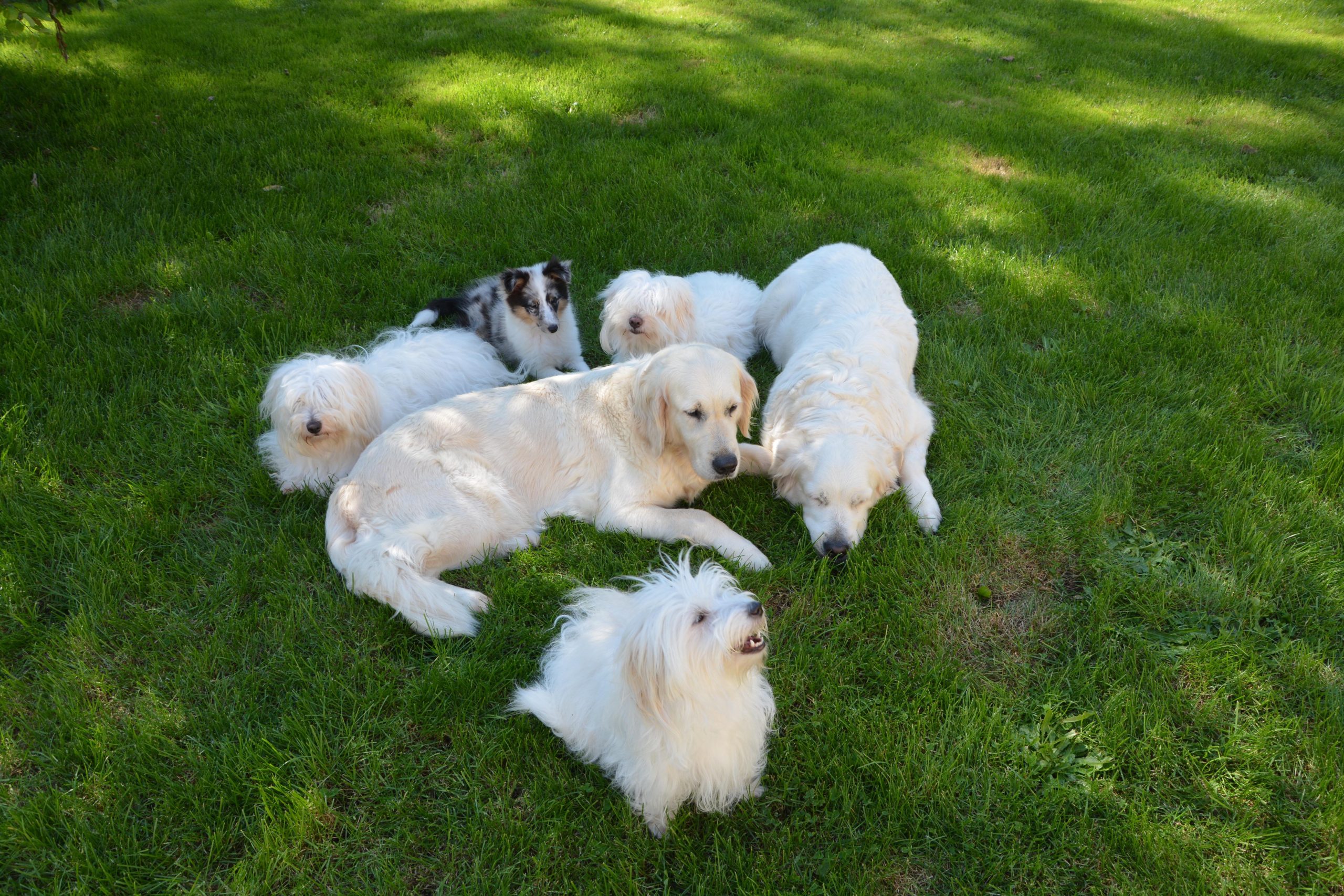
 Unlimited access and follow ups for continuous pet care
Unlimited access and follow ups for continuous pet care 
